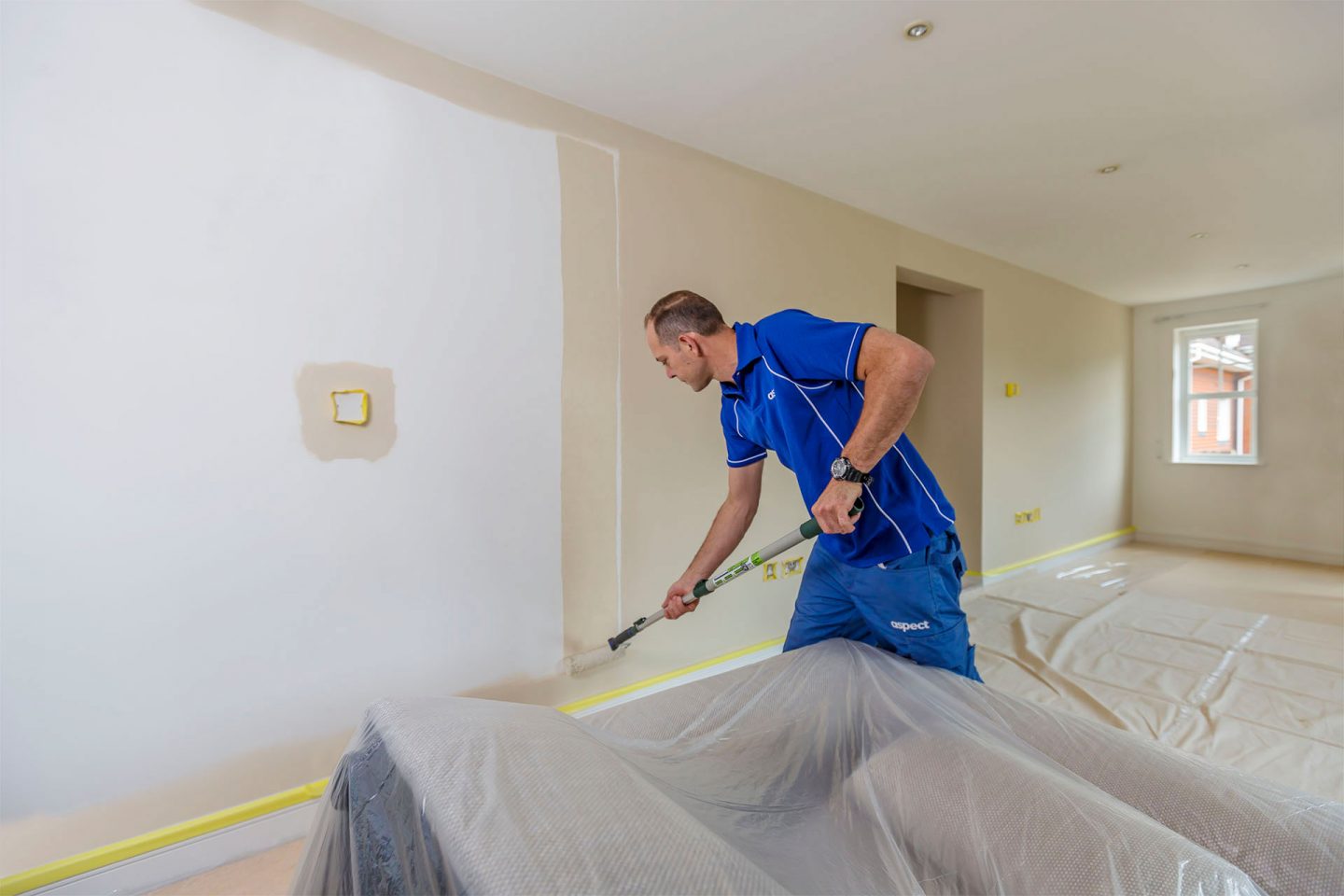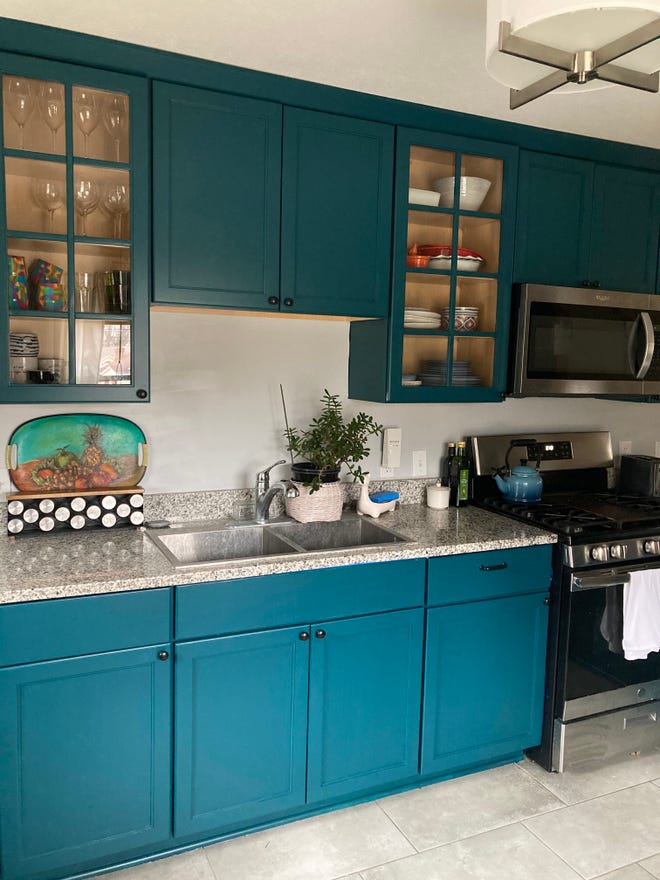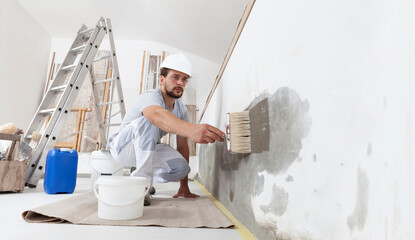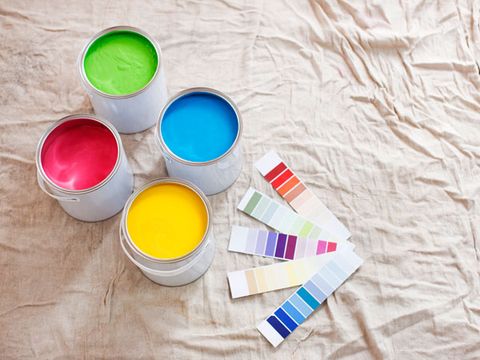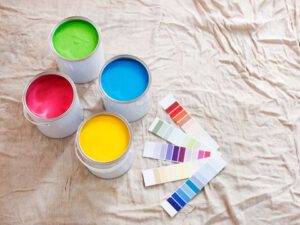Interior painters, or house painters, prepare, protect, and transform your home’s interior surfaces. They work on new construction as well as complete remodeling projects for existing homes. Painting is a simple process that most people can handle. It is one of the least expensive remodeling projects that will add value to your home.

Overland Park Painters apply paints, stains, wall coverings, and ceiling textures to residential or commercial buildings. They also perform drywall repair, wallpaper removal, and other surface preparation before painting. They clean up after themselves and wear protective equipment, such as masks, gloves, and respirators.
The qualifications for a career as an interior painter vary according to state and local government requirements. The requirements vary by region but usually include a minimum level of education and experience. Some states require a license or certification, and others offer training programs or on-the-job training to learn the skills necessary for a successful career as an interior painter.
Most painters begin their careers in an apprenticeship program that usually lasts three to four years. This program offers on-the-job training as well as classroom instruction. It is a good way to learn the skills needed for a career in house painting.
Many painters also attend trade schools or take college courses in painting. These courses provide a general background in color theory, design, and paint application techniques.
Some painters specialize in specialty areas, such as faux finishes and wood stains. These painters may work in high-end homes or on large commercial projects, and they may use different methods and tools to achieve the desired results.
Painters can pursue professional certifications that cover a variety of topics, including lead safety and protective coatings. These certifications are available through the Society for Protective Coatings or NACE International Institute.
In addition to technical skills, painters need to have good communication and organizational skills. These skills are essential for completing their jobs on time and within budget. They are also useful for dealing with clients, as they need to know what the client wants and how to meet those expectations.
Depending on the job, painters may need to climb ladders and work in uncomfortable positions. They also need to be physically fit and able to stand for long periods of time.
Most painters must have at least a high school diploma and GED certificate to enter the field. Some jobs prefer that a candidate have several years of work experience, while some jobs require an associate’s degree in painting or construction management from a technical school.
When it comes to painting your home, you want to hire the best of the best. A local professional with experience will make your project a breeze, as they know exactly what to do and how to do it. They also have the right tools and equipment to get the job done quickly and efficiently.
The best painters will have a minimum of two to four years of experience, and most employers will look for a bachelor’s degree in painting or similar trades, such as masonry or electrical. Other qualifications include a valid driver’s license and insurance, if the state you live in requires it. You’ll probably be working with a few other people as well, so you will need to be able to work well as part of a team.
The best painters have the following skills: * a high school diploma; * some experience using the tools and equipment required to do the job; and * a keen eye for what makes a good paint job. For instance, the best painters aren’t afraid to sand down and remove old paint in order to achieve a smooth finish. They also know how to properly prep surfaces in order to avoid the dreaded splotch. They are savvy in the use of the latest paint and primer technology, which is critical for getting a professional job done in an expedient manner.

